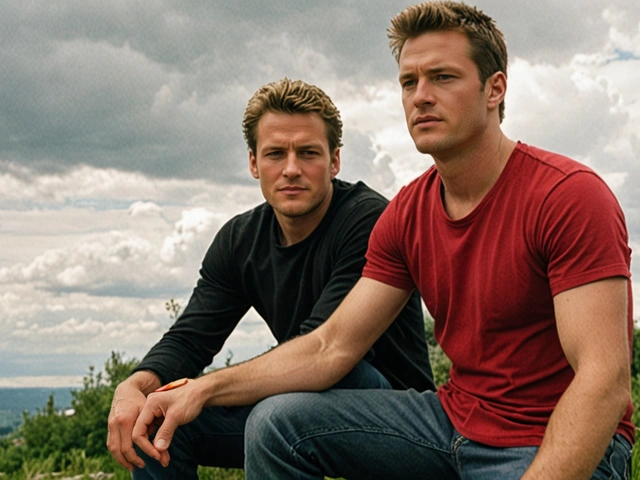Cinematography: Practical Tips to See and Shoot Great Images
Want to understand what makes a shot feel powerful? Cinematography is the art of telling a story with camera, light, color and movement. This short guide gives you clear, usable tips to spot good cinematography when you watch films or news, and to improve your own videos—even on a phone.
Start with purpose: every shot should answer who, where and why. Ask yourself: what does this frame tell me about the character or place? If a scene feels tense, the cinematography should add pressure—closer framing, shallow depth of field, harsher light. If it feels open and free, wider lenses and soft light work better.
Composition and camera choices
Use the rule of thirds to place important elements off-center so the eye moves naturally. Don’t overdo it—symmetry can be powerful when you want to show order or control. Choose your lens with intent: wide lenses exaggerate space and speed, telephoto lenses compress the background and isolate subjects. On phones, move closer to mimic a longer lens instead of zooming digitally.
Framing matters: headroom, lead room, and negative space all change how we read a scene. Let objects in the frame hint at backstory—a helmet on a chair, a map pinned to a wall. Small details make shots feel designed, not accidental.
Light, color and camera movement
Light sets mood faster than any line of dialogue. Hard light makes edges and tension; soft light flatters and calms. Backlight separates subjects from backgrounds; rim light gives depth. Learn three-point lighting for clear interviews, but don’t be afraid to use available light for moodier looks.
Color grading pulls the whole story together. Warm tones feel intimate, cool tones feel distant. Consistent color choices across scenes create a visual language—films and shows use this to signal emotion or time of day. Notice how sports broadcasts push contrast and saturation to make action pop; dramas like The Bear use muted palettes to feel grounded.
Movement should have a reason. A slow dolly in can reveal detail; a handheld shake can create urgency. Use a tripod or gimbal for smooth coverage, and switch to handheld only when the story benefits from instability.
Practical tips for shooting right now: stabilize your camera, lock exposure and white balance, shoot extra coverage (B-roll), and plan a simple shot list. For phone shoots, use grid lines, manual focus apps, and an external mic for better audio. Always get a clean wide, a medium and a close-up for key beats.
When you watch films or news on Continental Scout Daily, look for choices: why that angle in a protest story, or why a close-up during an interview? Spotting these decisions trains your eye and makes you a better viewer and creator. Try rewatching a scene and note three cinematography choices and the emotions they create—it's a fast way to learn.
Want to dig deeper? Practice one technique at a time—composition for a week, then lighting. Small, focused practice beats trying to master everything at once. Keep shooting, keep watching, and let the image do the talking.
The NatureTrack Film Festival, located in Goleta, has celebrated the art of environmental and outdoor filmmaking by announcing its recent winners. This festival is known for its dedication to films that focus on the beauty of the natural world and the intricate connections humans share with it. The winning films distinguished themselves through exceptional storytelling, stunning cinematography, and commitment to raising environmental awareness.
Recent-posts
Jul, 17 2024






